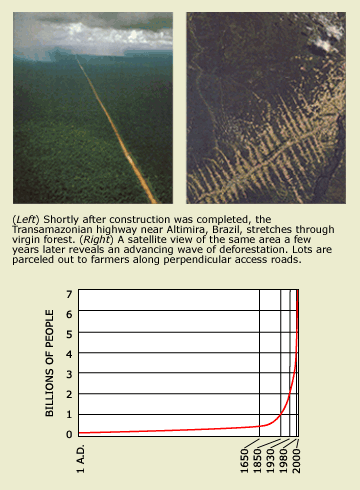I recently read an article in
Adirondack Life Magazine, calling for citizens to join a volunteer force to
monitor amphibians. I was confused as to why there needs to be a volunteer
force to monitor frogs and their slippery relatives. Upon further research I
discovered that amphibians are dying. Not just in the Adirondacks, but across
the country. Plenty of animals die across the US but the death of amphibians
are particularly alarming. Amphibians are indicator species, a species that is
especially susceptible to changes in the environment. Their susceptibility
leads them to be the first to die, but more importantly their deaths mean that
the environments they live in are getting much worse. Bad enough for their to
be a mass extinction. The death of frogs could spell death for us. If nothing
else the world as we know it will change.
Recently a study was done at UC Berkeley, which detailed
what is happening to many amphibians. The culprit in the west appears to be a
fungus called chytridiomycosis.
However global warming and pesticides in water, and habitat loss appear to be
causing the deaths of these animals across the country. Now it can be hard to
care about frogs. Ecosystems are very interconnected; according to Professor
David Wake at Berkeley the frogs are just the beginning. Many species rely on
frogs for food. Since 2004 one third of all amphibians are threatened, and
those species that aren’t threatened are starting to wane as well. Professor
Wake also believes that “The heavy hand of homo sapiens is behind this mass
extinction” (Tompa). We are witnessing a mass extinction right now, but it is
too late to stop it. We won’t stop polluting, or expanding. The fingers of our
influence around the world are pushing out the animals that live there. Below
are two pictures showing the effects of a highway in Brazil and what happened
to the virgin forest that it went through. There is also a graph showing the
rapid growth of people. So it would appear that it is not a fungus that can be
blamed for the mass extinction on the horizon. It is a meteorite called
humanity.
Sources:
Tompa, Rachel. "08.12.2008 - Dying
Frogs Sign of a Biodiversity Crisis." 08.12.2008 - Dying Frogs Sign of
a Biodiversity Crisis. UC Berkeley, 12 Aug. 2008. Web. 8 Apr. 2015.
<http://www.berkeley.edu/news/media/releases/2008/08/12_extinction.shtml>.
Kourofsky, Niki. "Frogs Are
Disappearing: How You Can Help." Adirondack Life 26 Mar. 2015.
Print.
Photographs from Diversity and the Tropical
Rain Forest by John Terborgh. Copyright 1992 by W.H. Freeman and Company. Used with
permission. Graph from Biology: The Dynamics of Life by Alton
Biggs, et al. Copyright 1991 by Merrill
Publish

This is so interesting, I had not heard that amphibian populations were declining! This reminded me of a mass extinction event I learned about in Paleontology, at the Permian-Triassic boundary (250 Mya). This wasn't when the dinosaurs died, but it is actually the biggest mass extinction event of all time. The climate changed at this boundary (scientists define the Periods based on the flora and fauna that lived in them) because of many, many factors that I don't need to go into, but it included a volcanic eruption. These catastrophic events caused the oceans to acidify and depleted the oxygen. Two-thirds of labyrinthodont amphibians died out, so it was the last time amphibians had a mass extinction. It sounds like the ecosystem that amphibians inhabit today are becoming acidic and anoxic because of global warming and pesticide runoff, so I see why scientists are worried about the amphibian population.
ReplyDelete